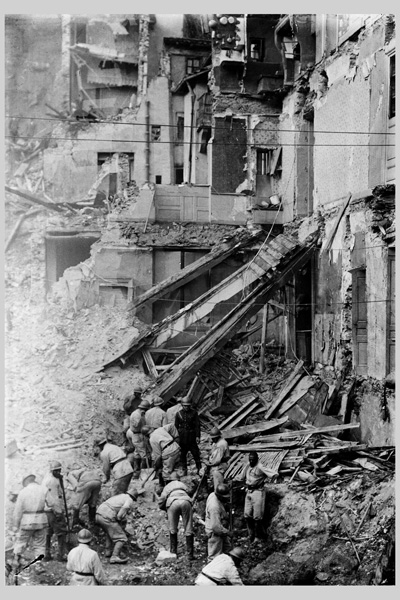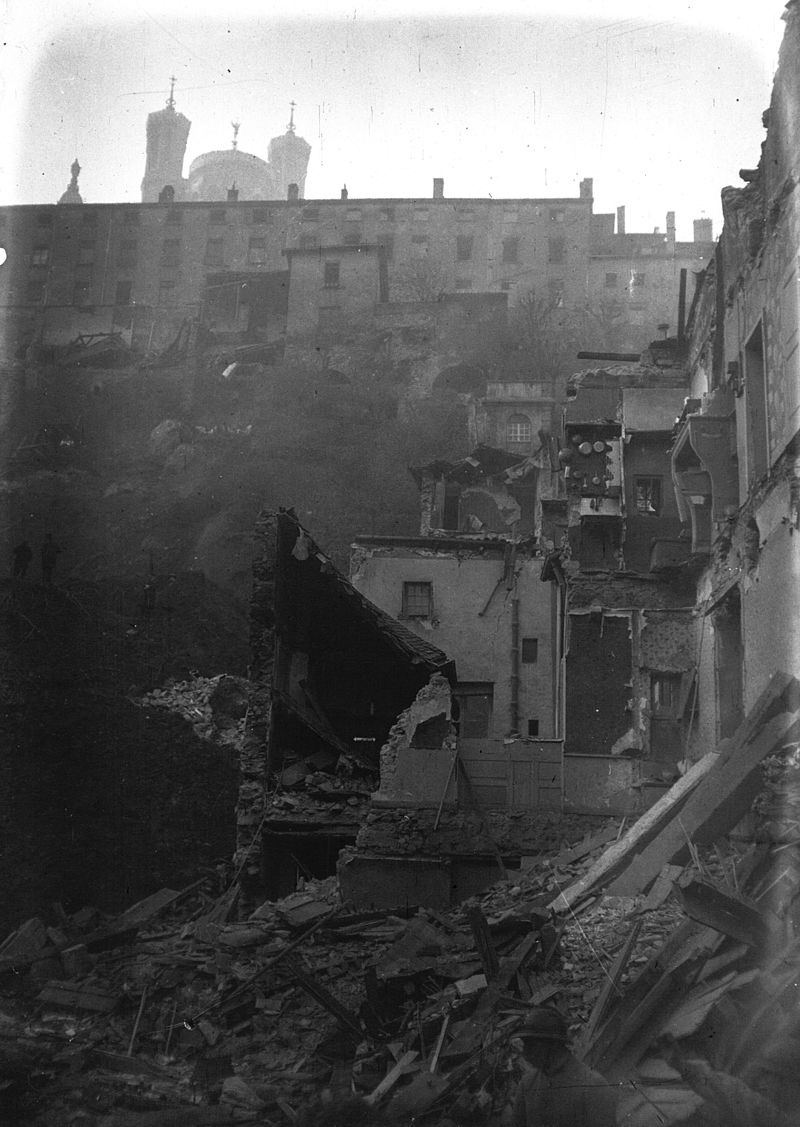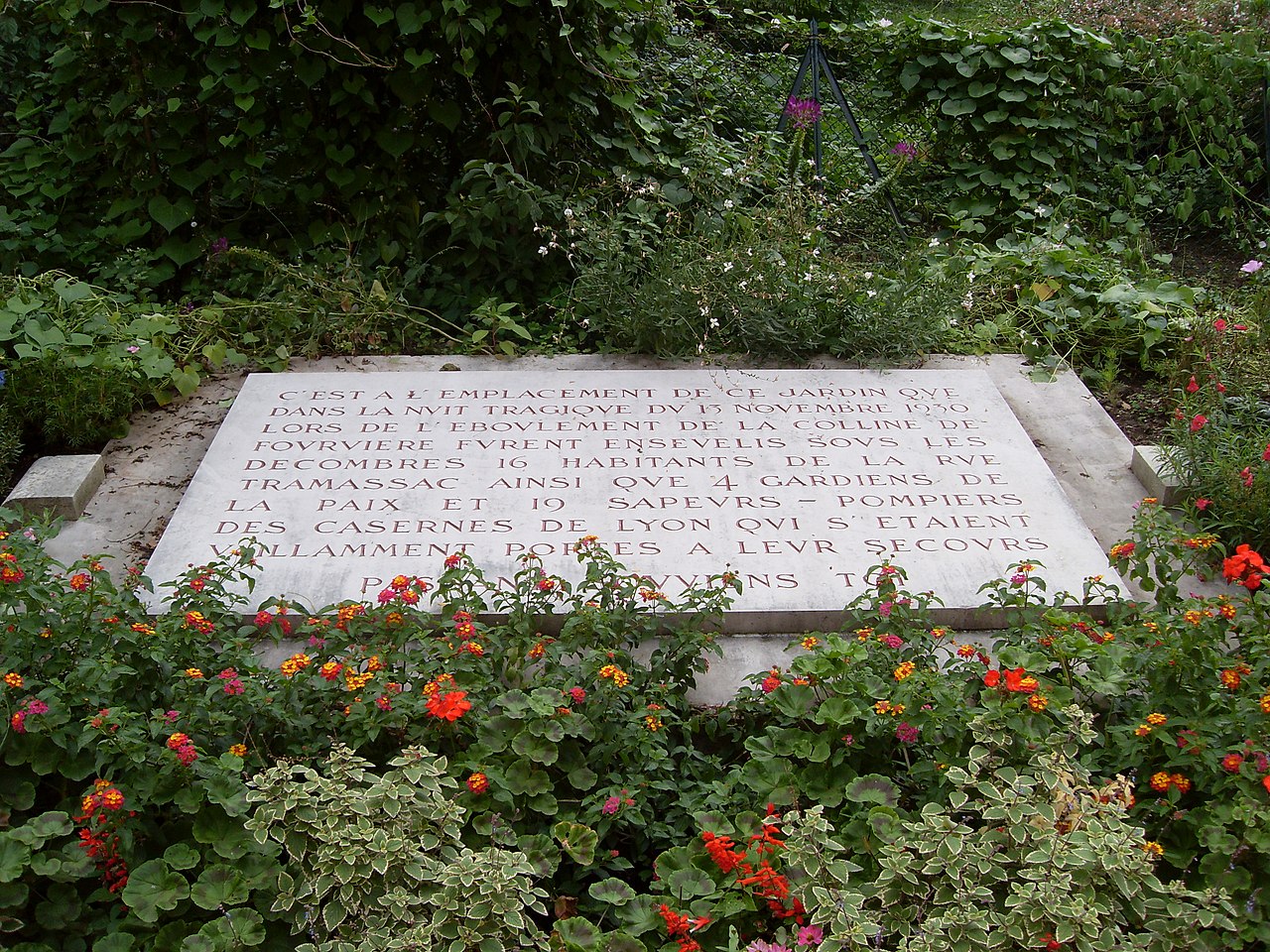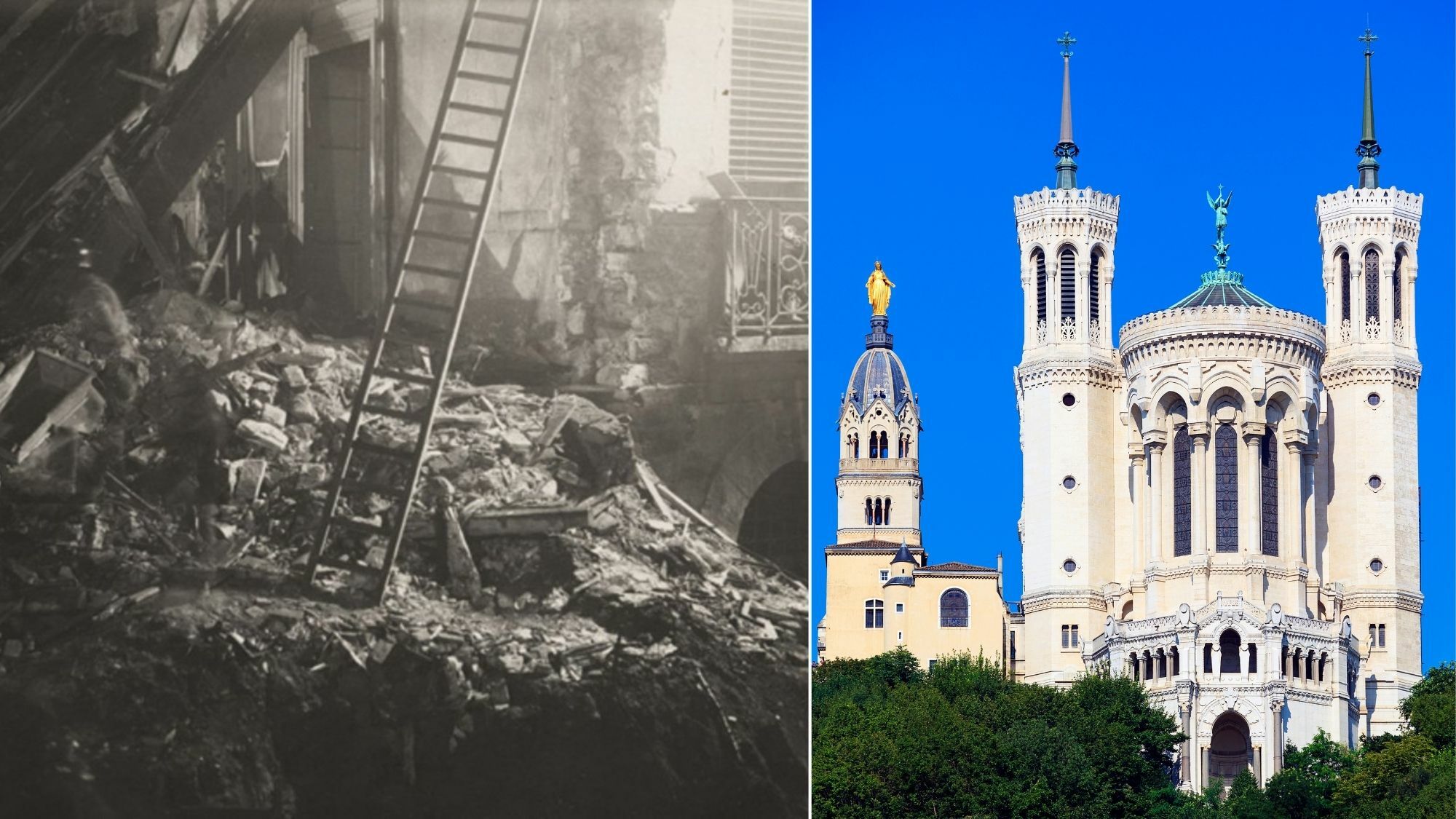Today, the hill of Fourvière is one of our pride in Lyon, as its walks, stunning views of the city, and basilica are beloved by tourists from around the world. A little haven of peace on the heights of the city, the history of the hill nevertheless hides some dark secrets, including that tragic night of November 12-13, 1930...

On November 10, 1930, a technical assistant to the city reported one of his observations: he noticed a runoff at the Montée du Chemin-Neuf, which connects Vieux-Lyon and Saint-Just. On the same day, the administrator of the Chazeaux hospital reported sinkholes on the terraces to the city's chief engineer. After confirming the seriousness of the problem, a part of the hospital was evacuated and heavy vehicle traffic was prohibited on the road. Unfortunately, these precautions would not be enough to prevent the tragedy about to unfold...

A total of 39 deaths in the night of November 12
During the night of November 12th to 13th, at 12:50 a.m., several buildings were destroyed by a landslide from part of the hill. Panic ensued: there was no electricity in the neighborhood and rescuers arrived as quickly as possible. About an hour later, another part of the hill collapsed burying 19 firefighters and 4 members of law enforcement. Many buildings were also destroyed, including the Hôtel du Petit Versailles, part of the Convent of the Ladies of Sion, and buildings in the neighborhood. At 3 a.m., a final landslide occurred and completed the destruction of what had survived the tragedy. In total, there was a disastrous toll of 39 people who lost their lives, and a large part of the hill that will need to be rebuilt.
A tragedy that could have been avoided
For days, weeks, and years after, while.The city is still in mourning, scientists are struggling to determine the exact causes of the collapse. If heavy rains in the summer and autumn are the direct cause of the disaster, additional structural elements are also emerging. But the damage is done, and true regrets surface since 5 years ago, a study on the collapse of the Fourvière hill conducted by Desperet had been sent to the city. The work had not been carried out due to excessive costs, even though collapses had already occurred between 840 and 1795.
After the event, the fear of a new collapse naturally led to consolidating the hill that now houses a commemorative plaque in Tramassac Street. A sordid story with international repercussions that nevertheless demonstrated a strong sense of solidarity in Lyon during the reconstruction.
